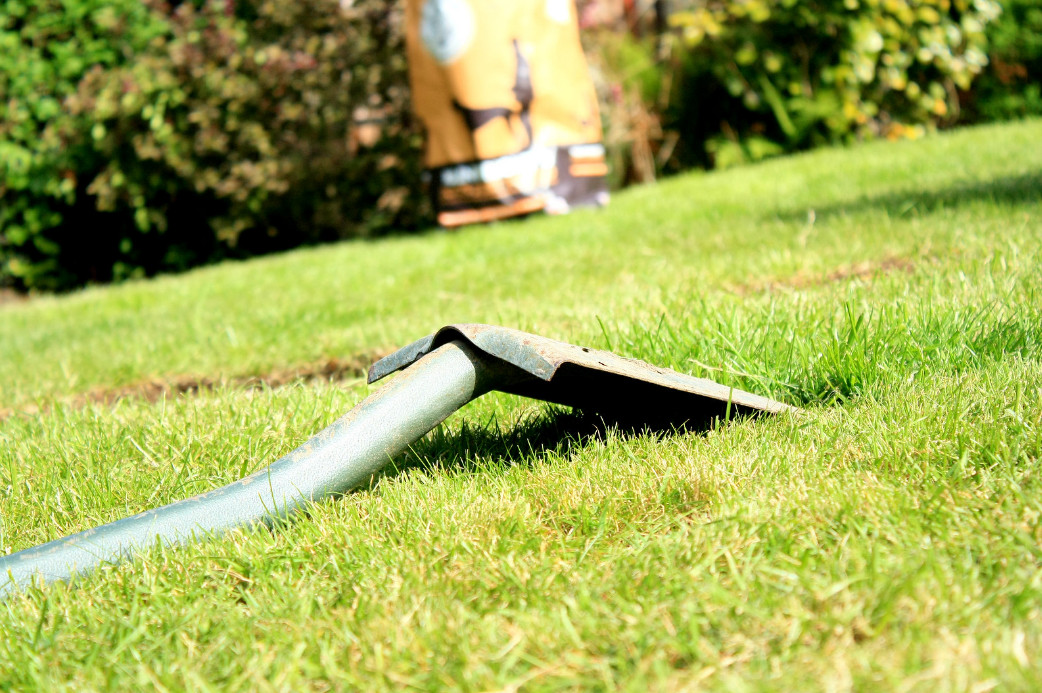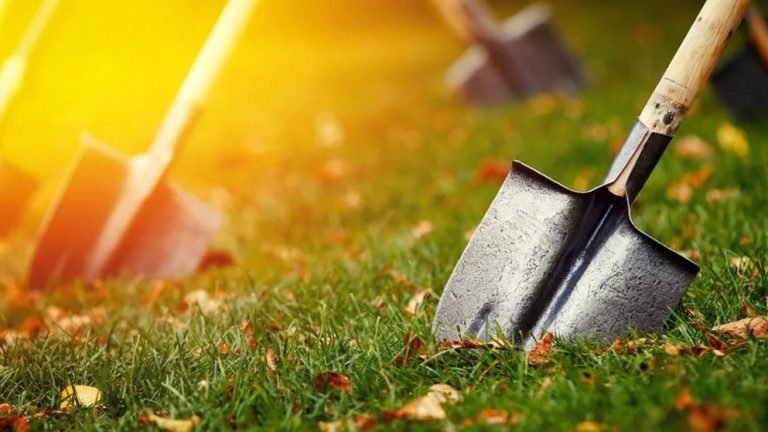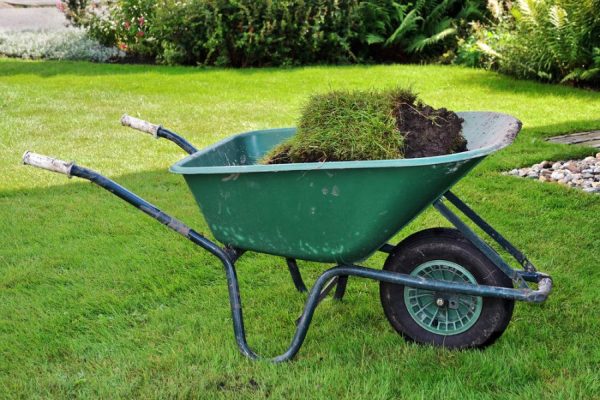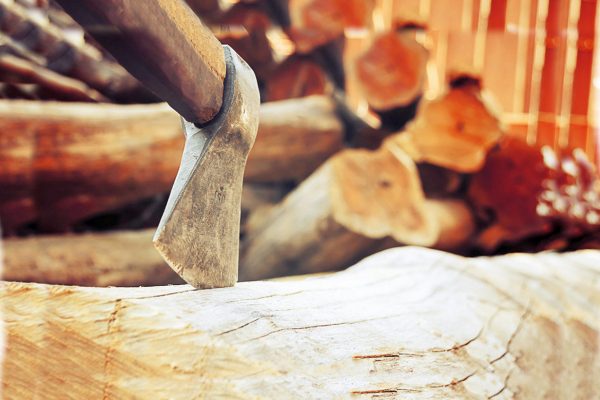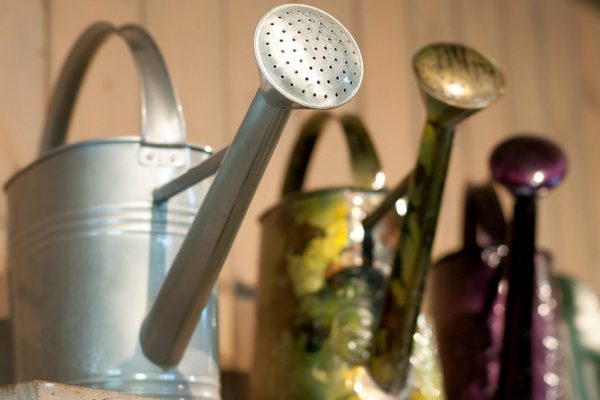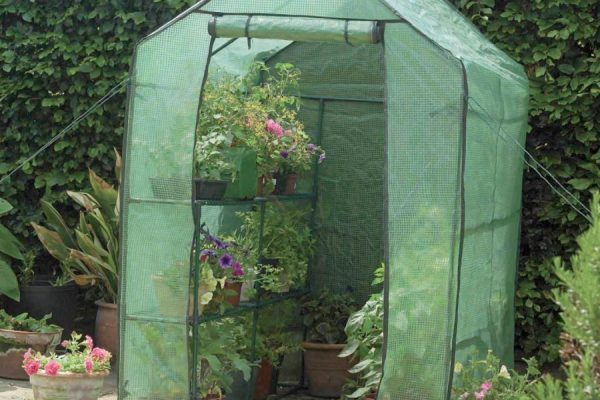- Jump To:
- Top Shovels to Buy
- History
- Modern Tools
- The Handle Specifics
- The Material
- Working Tool Maintenance
- Tips for Usage
- Types and Features
Quick Overview – 6 Best Shovels
- Find out our choice for best shovels for the money (under $50).
- Radius Garden 22011 – Best radius garden root slayer shovel.
- Bully Tools 82515 14 – The American made excellent round point shovel.
- ROOT ASSASSIN 32″ Shovel/Saw – Best mini shovel for garden.
- Lifeline 4004 One Size Aluminum Sport Utility – Best ergonomic snow shovel for car and garden. 3 piece collapsible design.
- Seymour S710 48-Inch – Editor’s Choice, best round point shovel with long fiberglass handle notched.
- Fiskars 96685935J LNG Hndl – Good cheap long handle power shovel for digging.
One of the most commonly used tools on a garden plot is a shovel. Although the shovel is considered to be a low-tech tool, it is often must-have stuff in the garden. Garden experts know how important to choose the right tool and use it for intended purpose.
The simplest tool facilitates work and saves time when performing most of the work in the garden:
- Soil Processing
- Formation of beds, trenches and ditches
- Planting and uprooting the trees and shrubs
- Weed control
- Harvesting
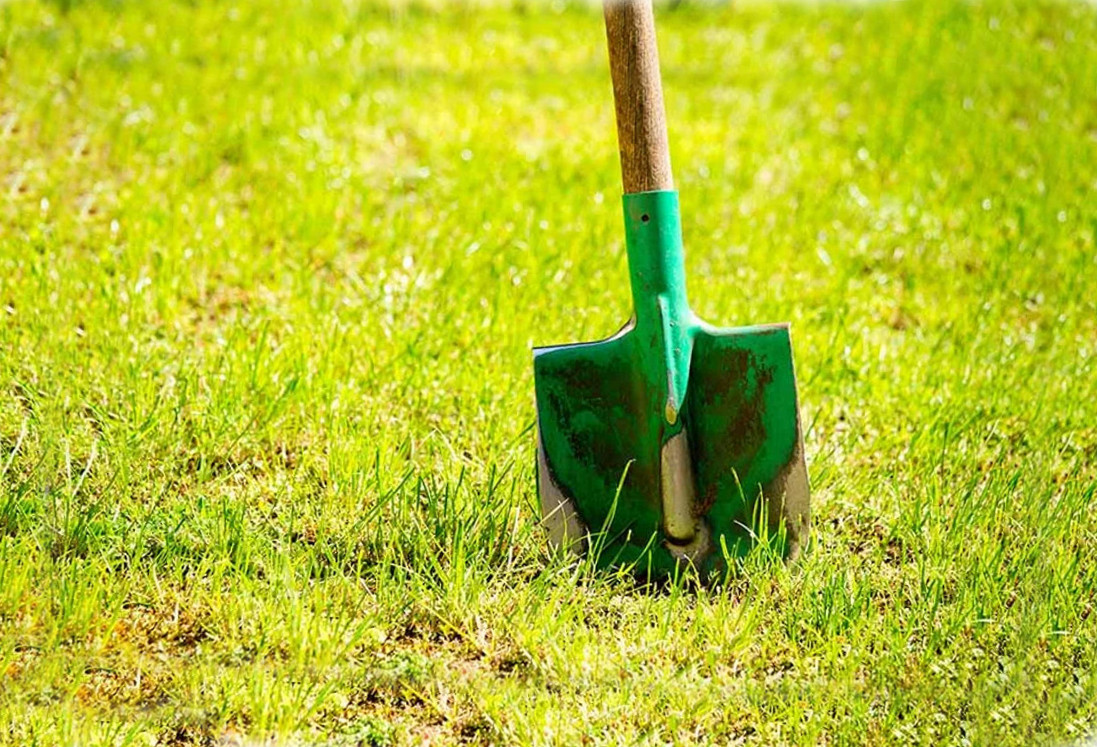
Top 6 Shovels Reviewed
Comparison of the best shovels:
| Preview | Product | Details | Price |
|---|---|---|---|
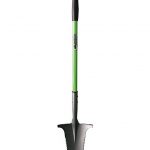 | Radius Garden 22011 Root Slayer Shovel | • Room for both hands gives additional use whereas decreasing stretch on the hands and wrist • Inverted, V-shaped cutting tip and extraordinarily planned teeth tear through soil and roots easily • Powder-coated carbon steel blade • Resin-encased carbon steel shaft and non-latex grips at top • Designed to calm arm, hand and wrist push and are both comfortable and solid sufficient for different garden works • Consistently perfect and hone sharp edge to keep up quality and execution of the cutting edge; Lifetime maker ensure (mainland US as it were) | $$$ |
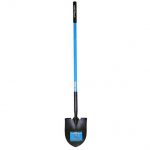 | Bully Tools 82515 14-Gauge Round Point Shovel | • Made in the USA • Business grade • Lifetime guarantee • 14 check steel cutting edge • Welded I-Beam Construction averts twisting along ferrule | $$ |
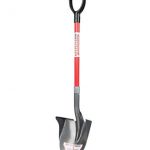 | ROOT ASSASSIN 32" Mini Garden Shovel/Saw | • An exceptional scoop incorporates a metallurgically upgraded "bone structure" • Ideal for slicing through roots and weeds. It can cut roots when going in and turning out. • Professionally-designed scoop handle is tough and has a metal handle that is rubber covered | $$ |
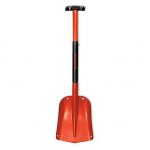 | Lifeline 4004 One Size Aluminum Sport Utility, 3 Piece Collapsible Design | • A collapsible aluminum sport utility shovel • Perfect for your vehicle, RV, or snowmobile • Stalls into three pieces for simple stockpiling • Minimized size and light weight • Perfect outdoors or exploring shovel • Alter from 26" to 32" to give you the best influence when utilizing the gear upon your needs. • Weight simply 1.6 pounds, makes our game scoop simple to use for all, paying little mind to measure and quality, and effectively stashes when not required. | $ |
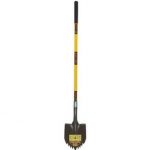 | Seymour S710 48-Inch Long Fiberglass Handle Notched Super Shovel Round Poin | • Cutting teeth to infiltrate hard-pressed, rough and clay soils, and to slash through roots and turf • Steel ferrule • Square attachment • front turn step head style • Pad hold on fiberglass handle gives better grasp and solace | $$$ |
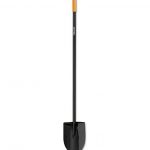 | Fiskars 96685935J LNG Hndl Digging Shovel | • Honed cutting edge makes it simple to enter intense soil or separate solidified earth blocks • Welded 14-check solidified steel sharp edge and 18-measure steel shaft give solidness • The combination of the wide stomp edge and sharp blade let to dig into hard packed dirt, even if it's full of rocks and heavy roots. • Lifetime Warranty • Wood or Fiberglass Handle | $$ |
History
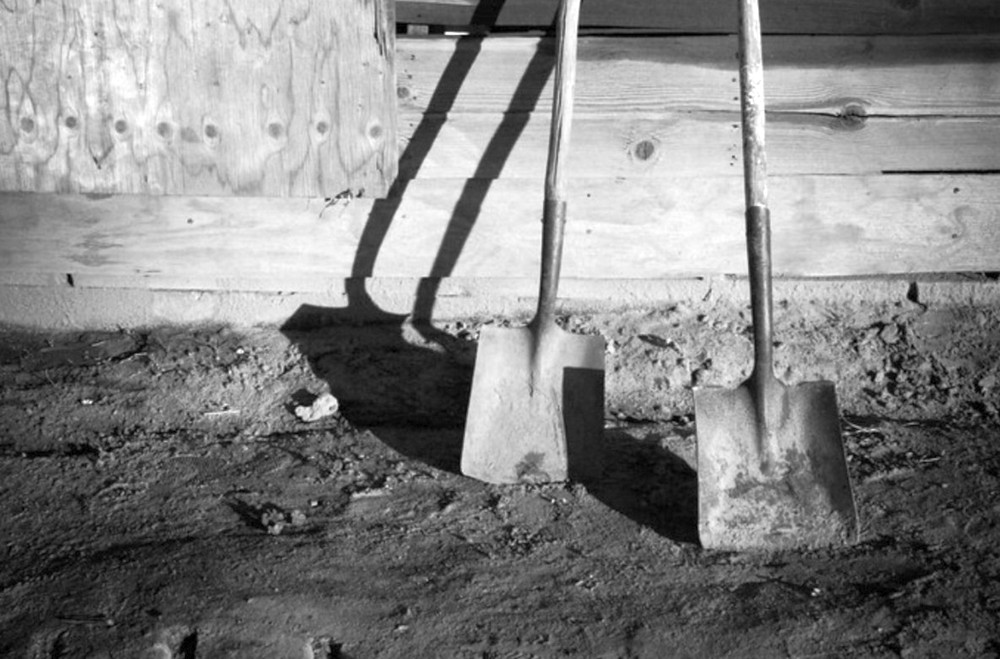
An ordinary tool is considered as one of the oldest human tools. The history of spade begins when a primitive man invented a common stick in his daily life, with the help of which it became much more convenient to tear the earth in search of edible roots. Originally it was the shoulder blade bone of a large animal that was attached to the stick, making it much easier to dig and loosen the earth. Over time, the shovel has evolved, adapting to the needs of developing mankind.
Shovels took their place in everyday life of a man so firmly that it’s used not only at households and agriculture, but also in military business, construction, mining and many other spheres.
Modern Tools
Shovels differ in design, functionality, purpose and application. Today, shops offer a huge variety of ready-made goods. Also you can buy cuttings, blades and ergonomic handles. Choosing the right shovel will allow you to do the work without much effort and will reduce stress on the back.
Tools vary depending on the material and shape of the blade, handle and grip. Modern shovels are quite convenient, light weight, ergonomic and functional. Read the reviews and choose the best outdoor shovel for you.
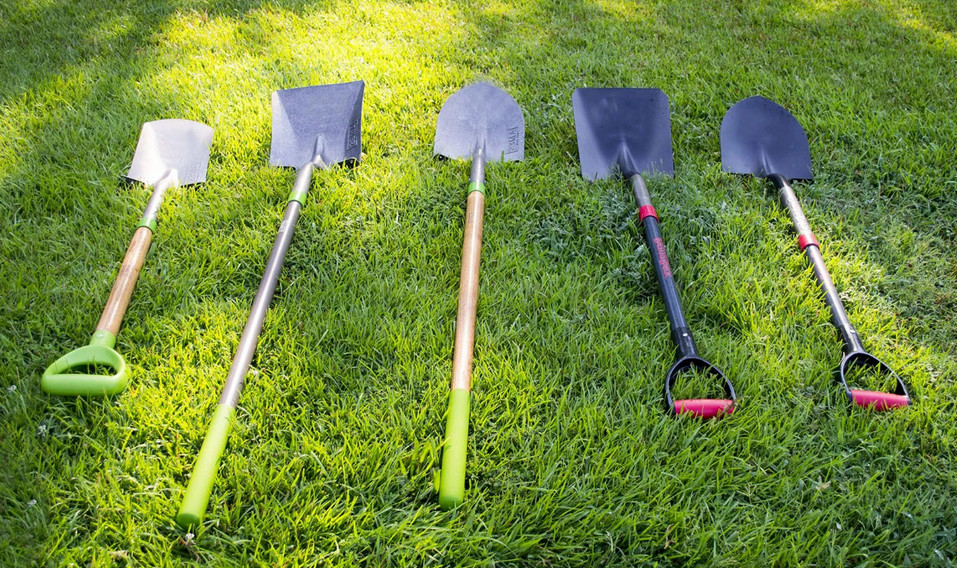
The Handle
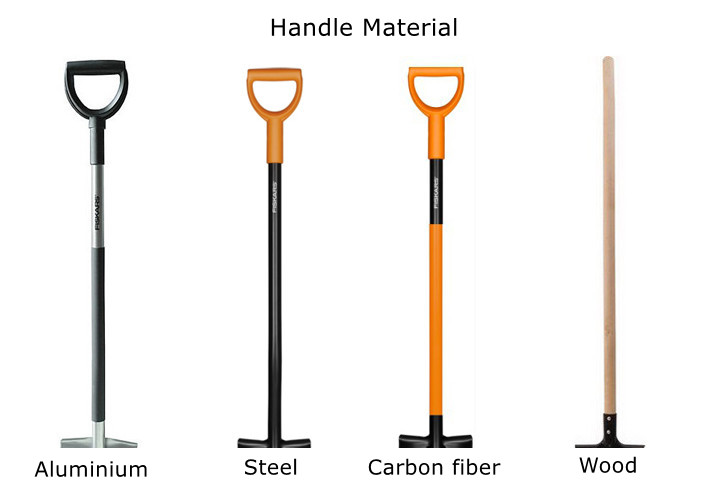
The weight of the shovel depends on the handle. With quality handle, the tool will be sturdy and comfortable. There are cuttings made of wood and metal alloys. Qualitative wooden cut must have a surface without chips, cracks and notches, and therefore have a smooth coating. Metal cuttings are more often used as a built-in element and have an even, solid surface. The metal handle is not replaceable, so, if it breaks down, you will not fix it.
The Material
The material from which the shovel blade is made is very important. Iron is soft and corrosive. Thus, a thick and heavy blade is preferred. The tool should be wiped and stored in a dry place every time after use. Oil must be applied in winter to keep the tool in proper state.
Stainless steel blade is a good choice. It’s durability is much better, and the difference in price is not that big.
More often lately the shovels are made of titanium. This metal is absolutely non-corrosive – can be left even in rooms with high humidity.
Working Tool Maintenance
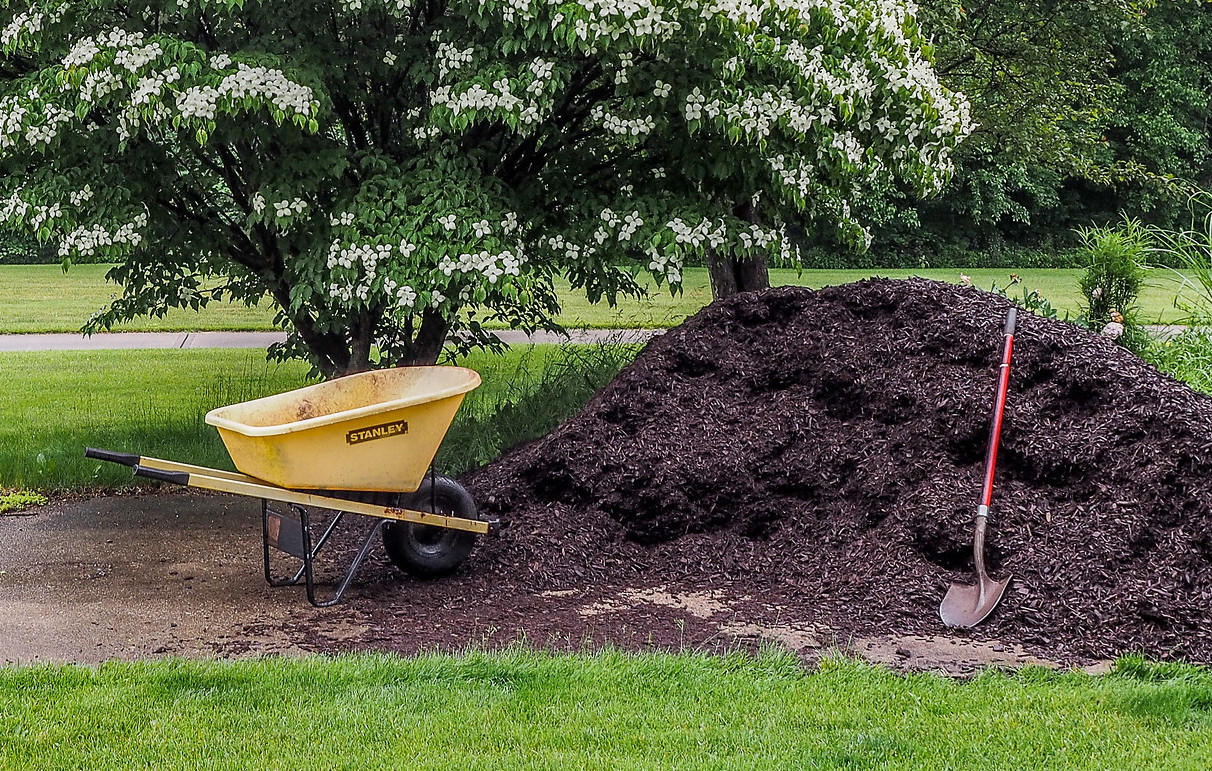
Here are some shovel care recommendations, which will help you to keep the gear well maintained:
- The main tip for shovel care is to clean the tool after work. It is important to remember that moisture and organic compounds are the main sources of rust.
- After gardening work, the blade of the shovel should be cleaned of dirt, placed in an anti corrosion mixture and left until the next work.
- Also you should check the fasteners and do not allow the tool to loose. If the fastener is loose, it should be replaced. In this case, nails will serve better than self-tapping screws.
- Sharpen the tip regularly and on time. Stainless steel and aluminum blades should be sharpened with a grinder tool or file. Steel, aluminium and stainless steel blades can be sharped.
- Store the tool in a room with good air circulation. Low humidity index should be kept in storage place.
- You can prevent rusting of the shovel in easy way: put the shovel into a deep container and fill it with a dry sand.
- Do not leave your shovel in the garden as it may expose to rain or morning dew. Wash the shovel after works and wipe it dry. Make sure that the place where you care your working tools is dry.
- If you plan to work on a clay soil, the blade should be pointed and polished. Polishing is ideal for sticky soil – clay and loam. The adhesive substrate does not stick to this surface and is easily cleaned with water.
- For permanent work on saline soils a stainless steel shovel is the best choise. Shovel with a strong Teflon coating is another option.
- The cut together with the shovel should not be over the shoulder, as well as not below the shoulder by 4-5″.
Tips for Choosing, Using and Carrying
- Shovels with rounded or straight blades are chosen for heavy and dense soil.
- For cleaning the area and transporting loose materials pick a spade without curved sides.
- The elderly should buy a tool with a heavy material cut.
Types of Shovels and Features
Digging Shovels (Round Point)
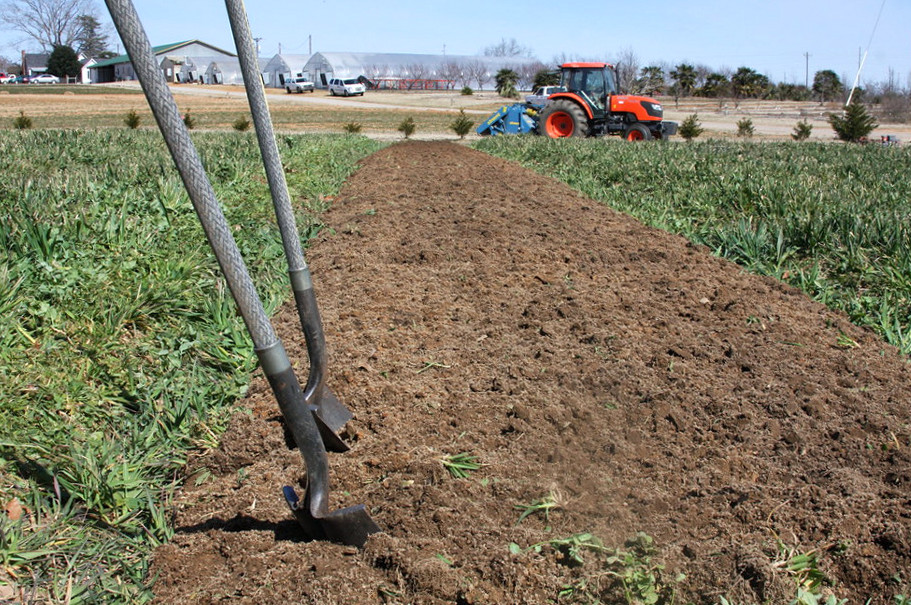
– intended for digging and irrigation purposes. It have a marginally twisted scoop with improved edges. Pointed tips are usually used for delving and planting in delicate, worked soil while the sharp level tips of square focuses are used more for rock solid hard-stuffed soils that request more power to dig.
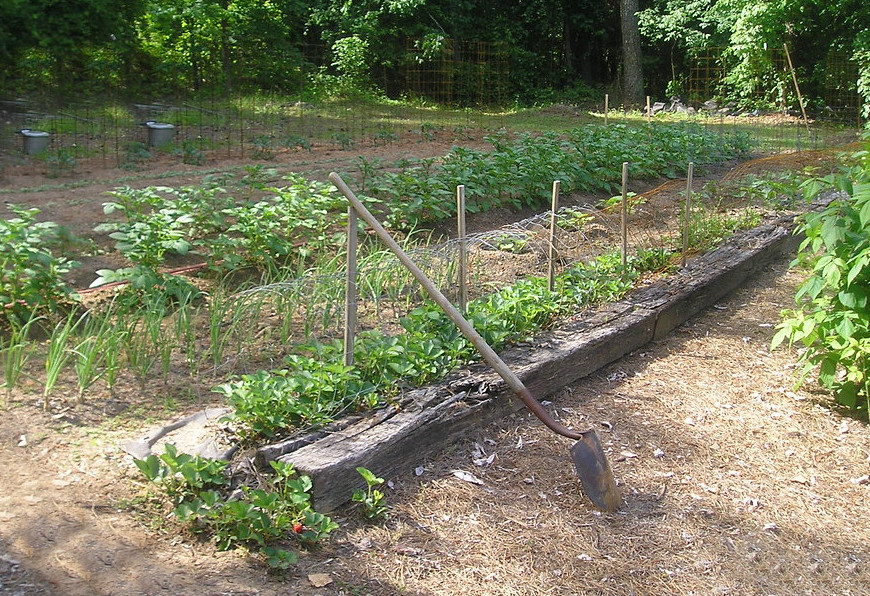
Square point scoops can likewise perform a significant number of indistinguishable capacities from nursery spades – garden and lawn edging, transplanting little shrubs and trees, cutting grass and little roots, isolating perennials, and digging. Choose the shovel with steel scoop as it much heavier than aluminum one. Its hilts are accessible in wood, composite, or metal.
Trenching Shovels
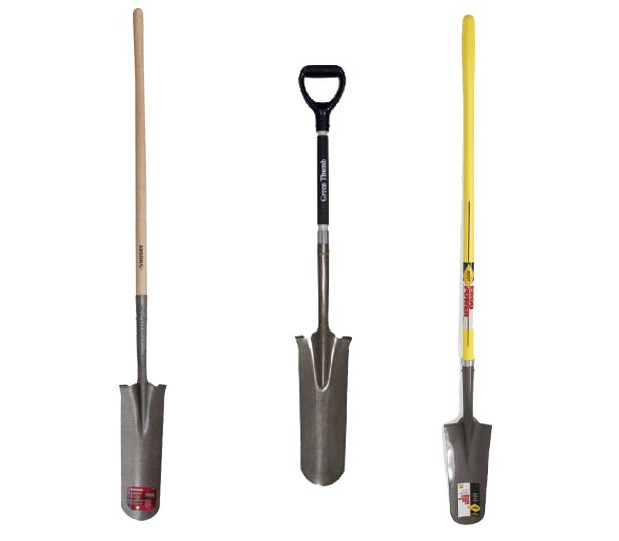
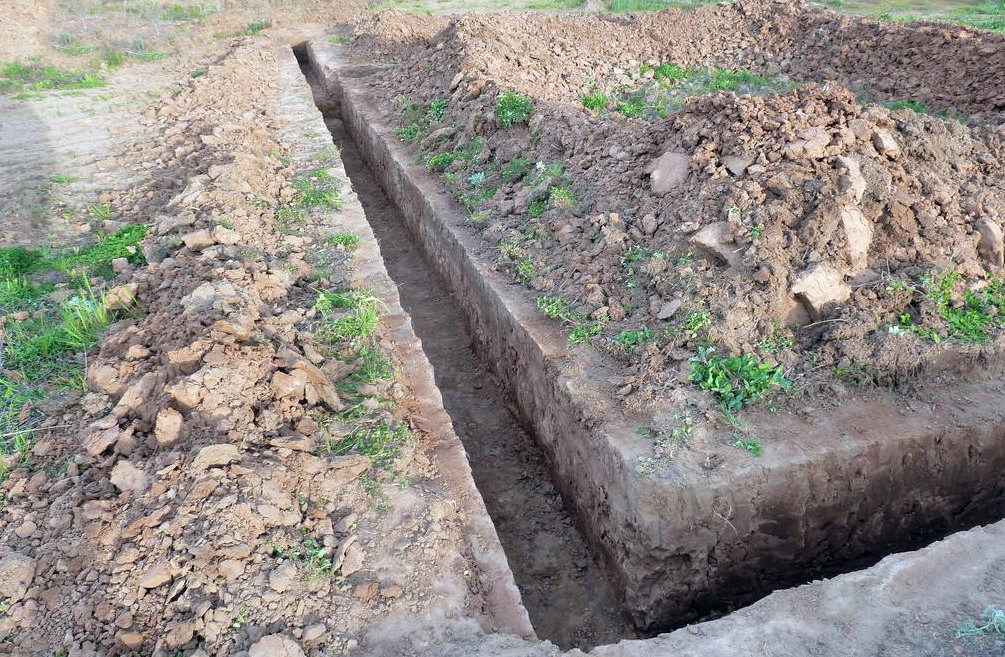
There are special shovels for digging trenches. These tools have rectangular bayonets with a pointed tip. This design is ideal for cleaning ditch walls without damaging the surrounding soil. Another application is the removal of plants with a highly overgrown root system.
Before buying decide which trenching spade is more suitable for your purposes. It depends on what kind of soil in the area where the works will be provided. In most cases, you will need a shovel with rounded edges. Sometimes using both bayonet and trenching spade is more efficient for digging trenches and ditches and other narrow holes
Drain spade
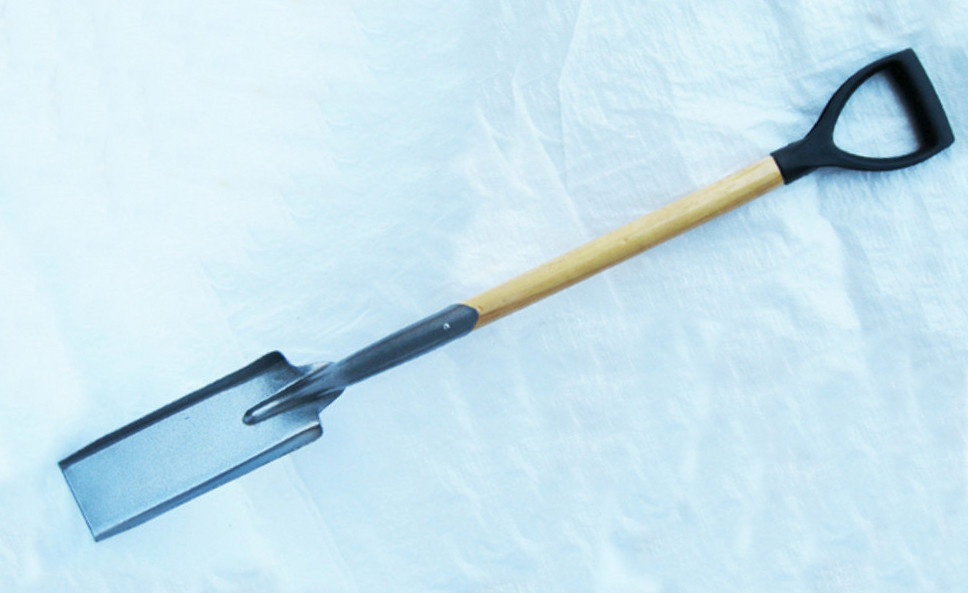
Drain spade is hardly used for garden digging, but it’s great for working with loose materials like stone, grit or snow. Also can be used for cleaning recently burrowed trench, transplanting live trees and bushes. Long and slender sharp edge allows to dive into tight spaces.
If you do not plan to use the tool often better pick up an aluminium shovel. Alternatively, choose steel, which is heavier but much more durable and reliable.
Scoop Shovels
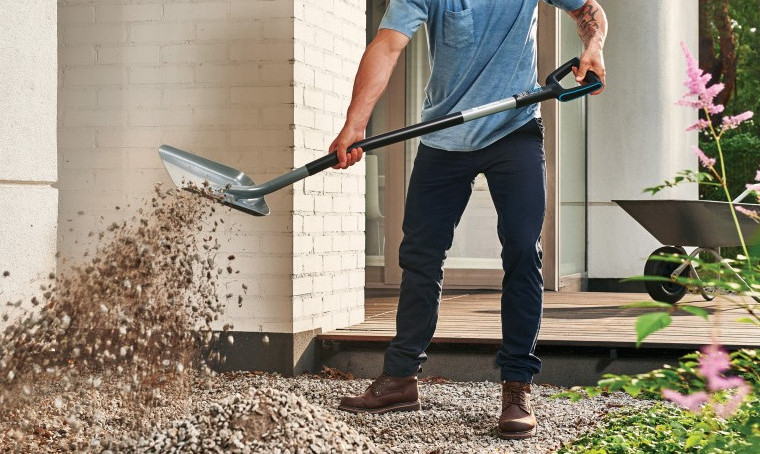
– used in the garden, for snow removal, loading and on the construction site. Purpose is to scrape a ground, sand, gravel, concrete, soil, fertilizers and other loose materials. The holder is fixed at a certain angle to the fabric. Usually does not have sharpening.
Border Spade
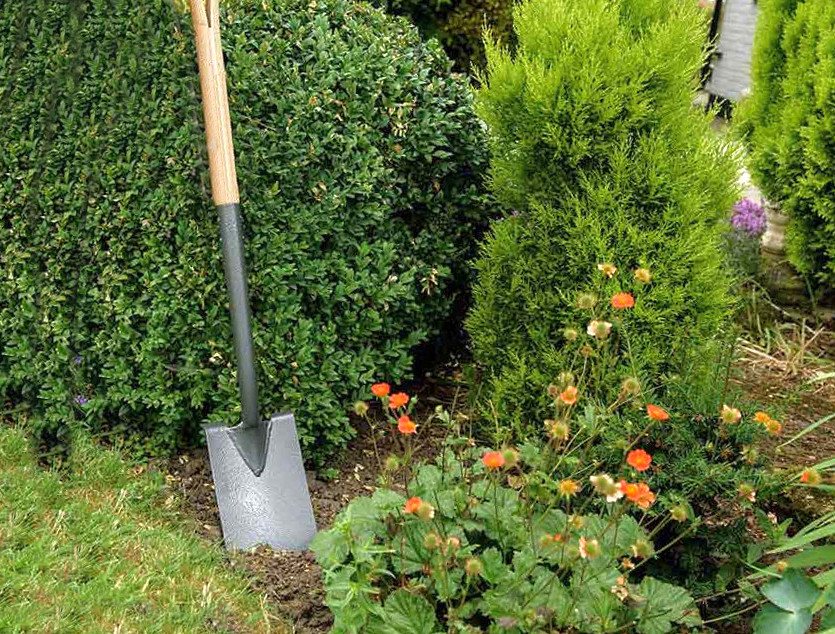
This lightweight tool is designed for work in narrow places, borders, flower beds. Has a sharp flat blade to dig down into the ground.
It is used for: landscaping, digging the area, forming ridges, digging holes for planting fruit trees and shrubs, forming beds, plant transplanting.
